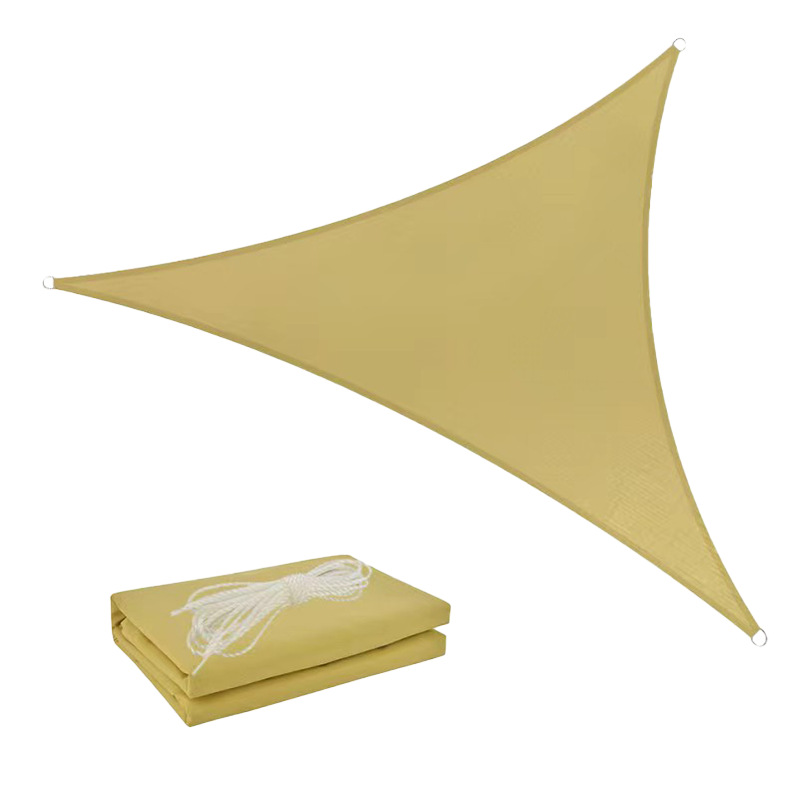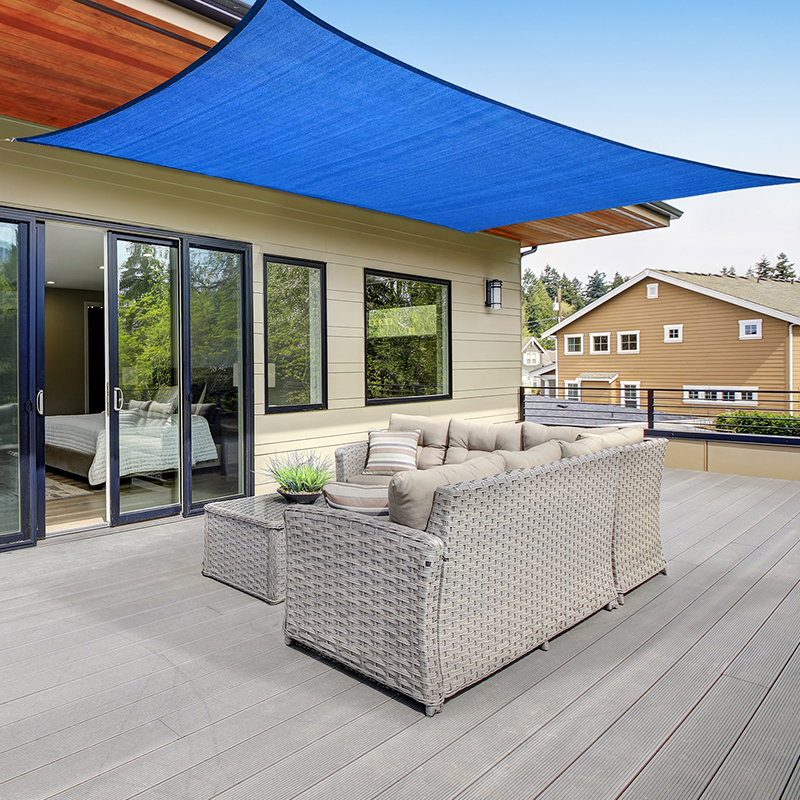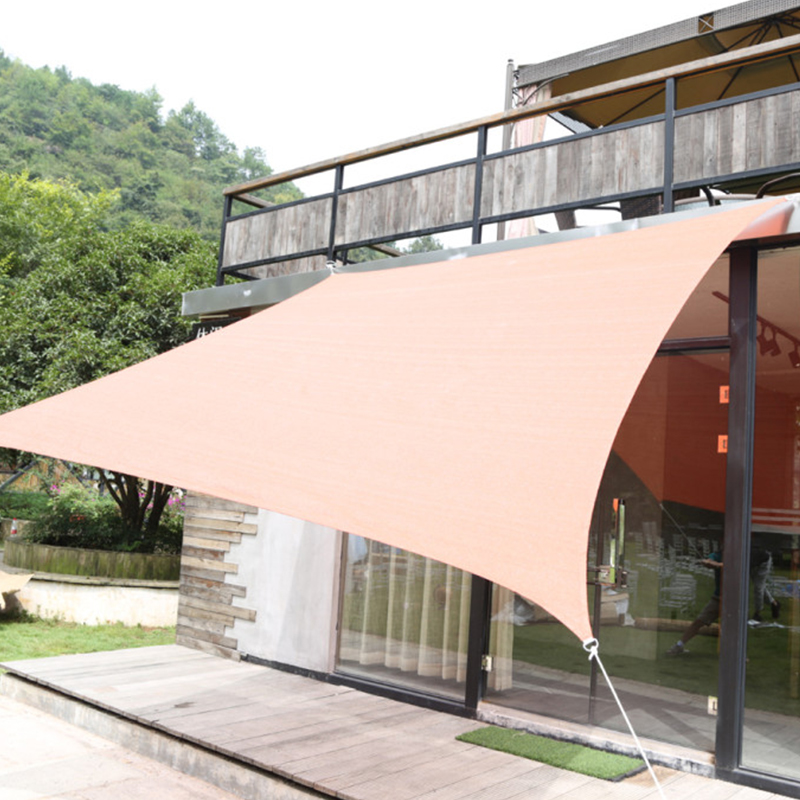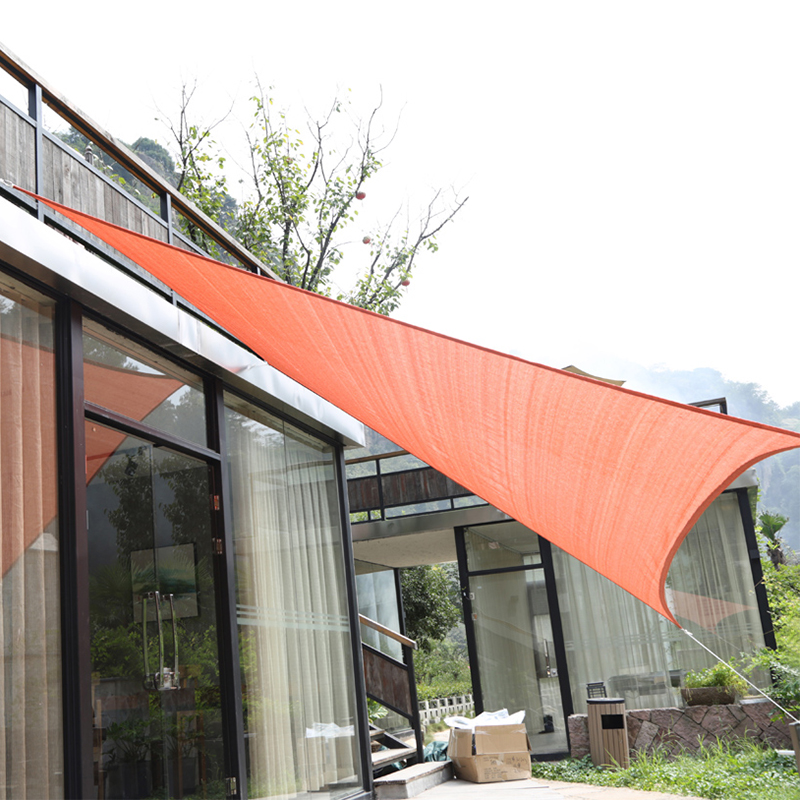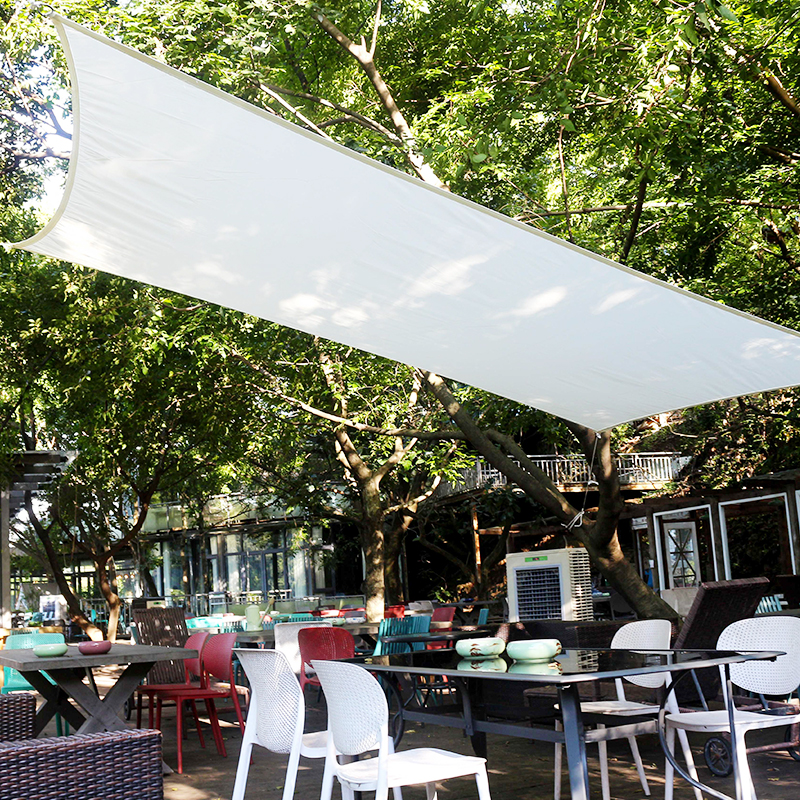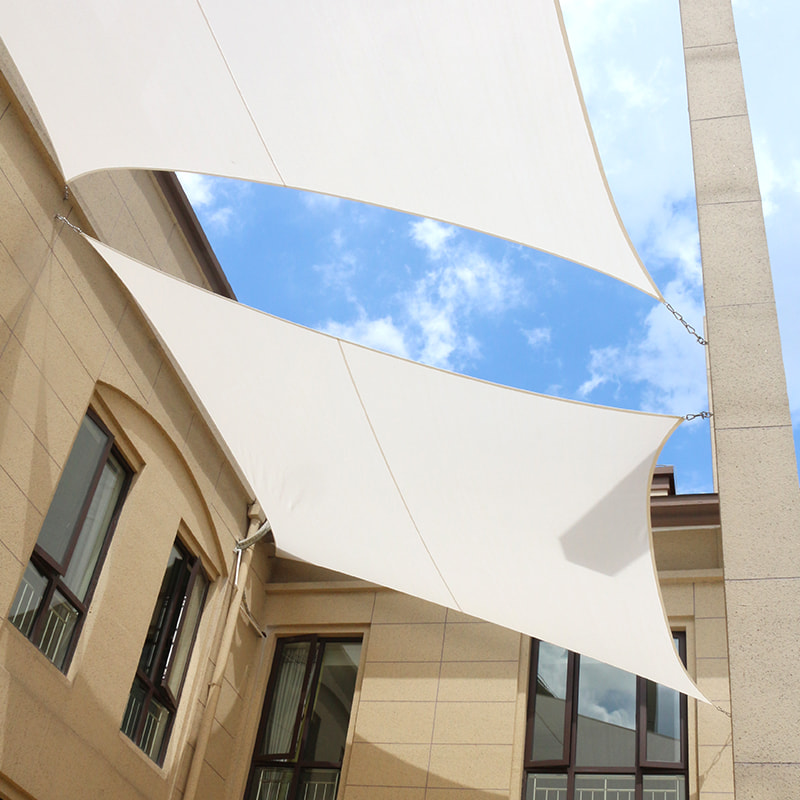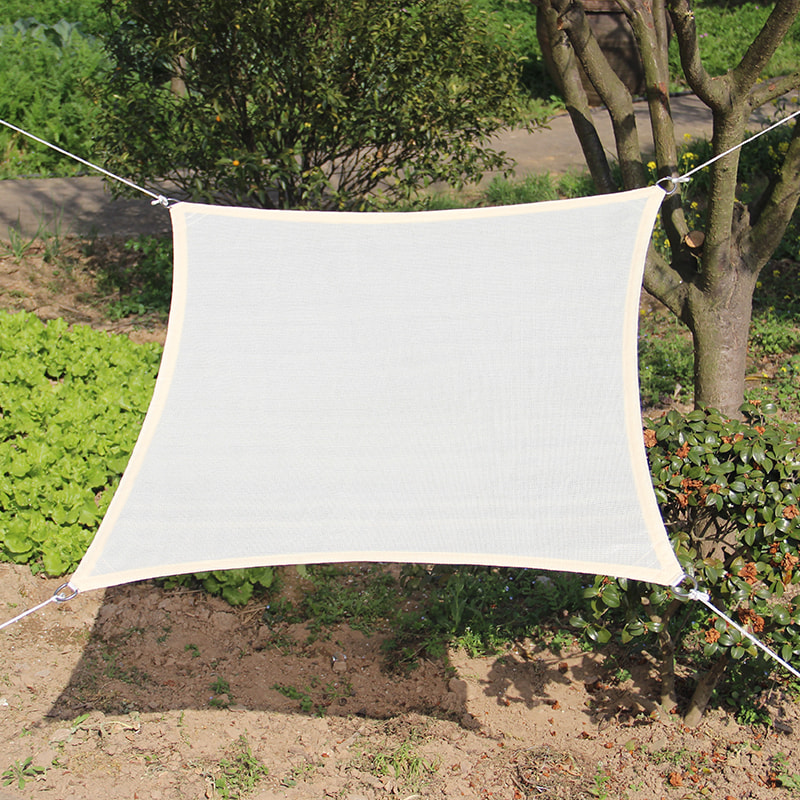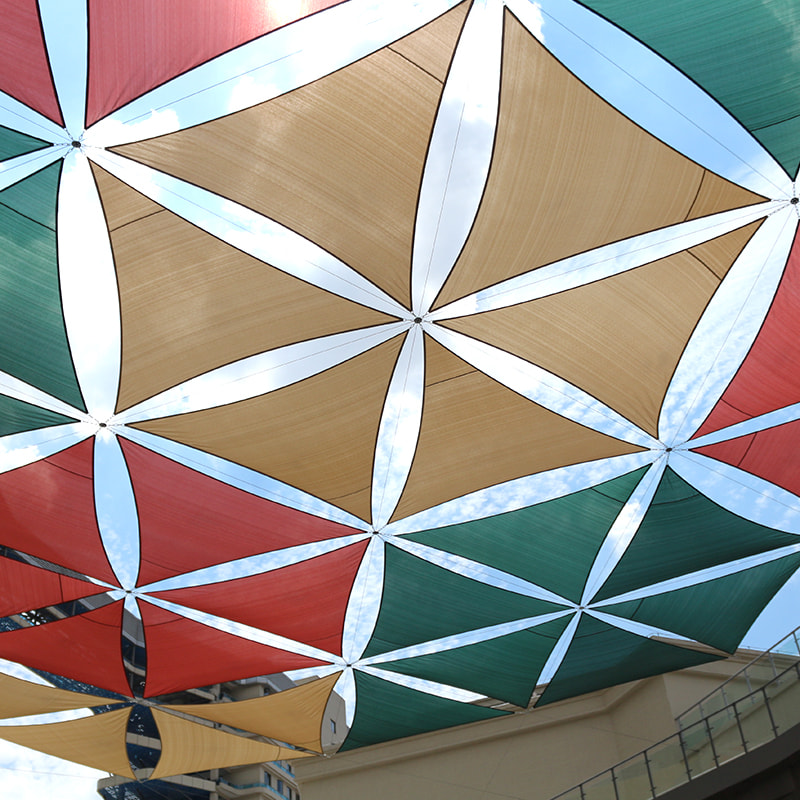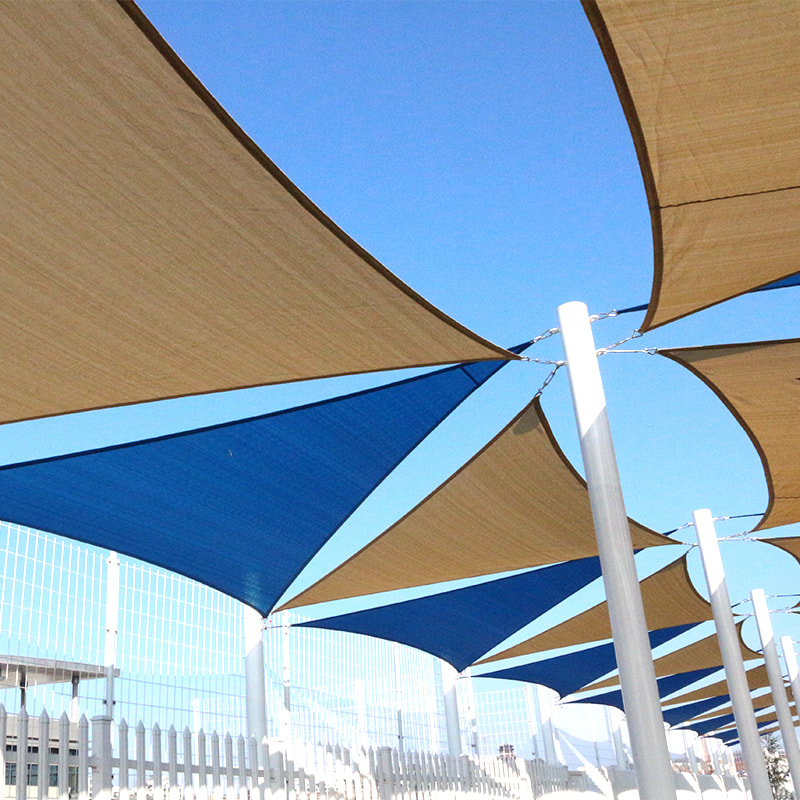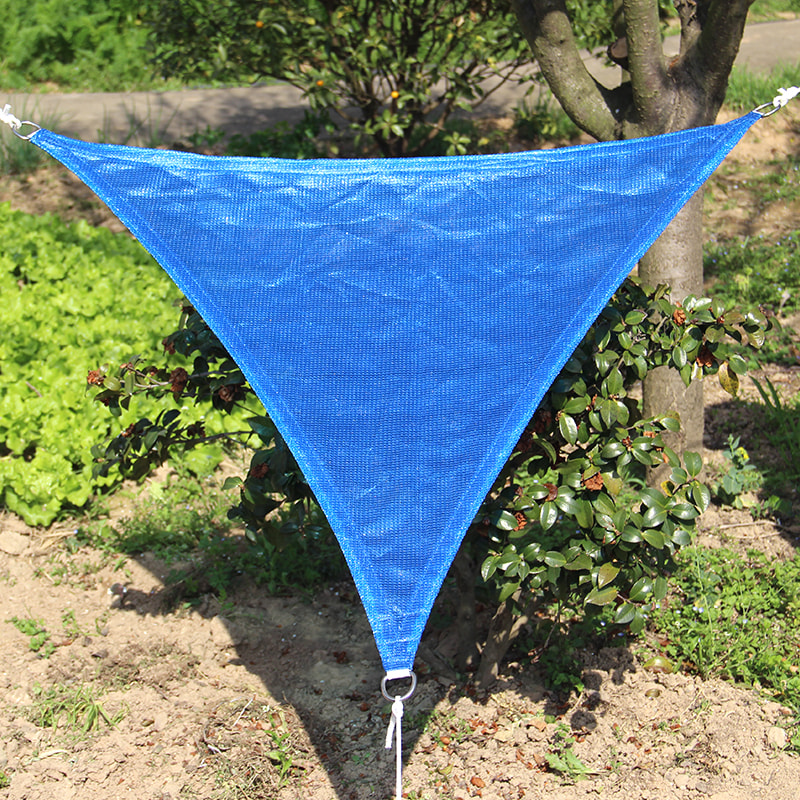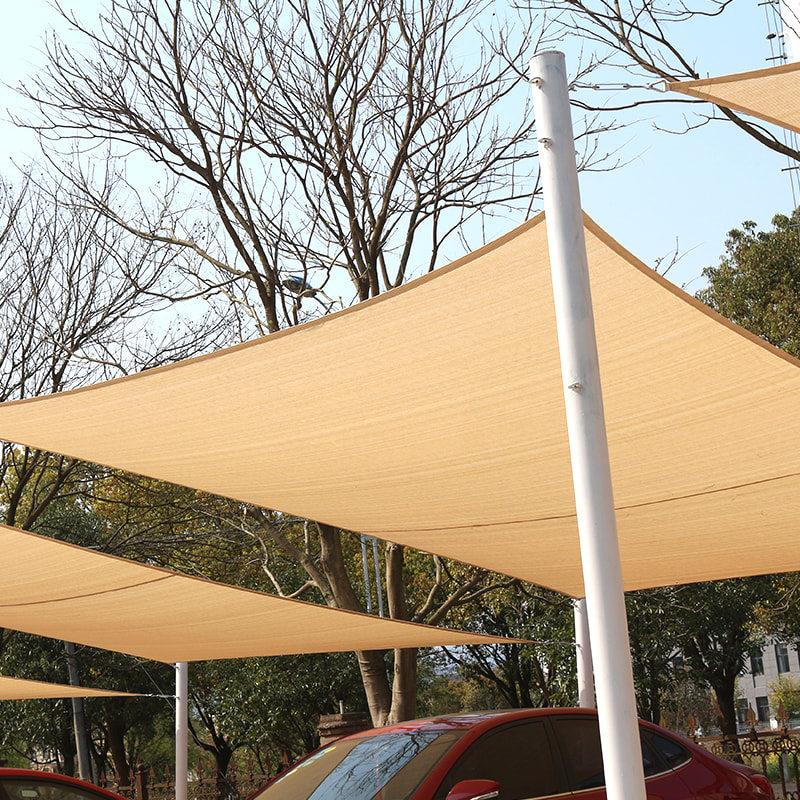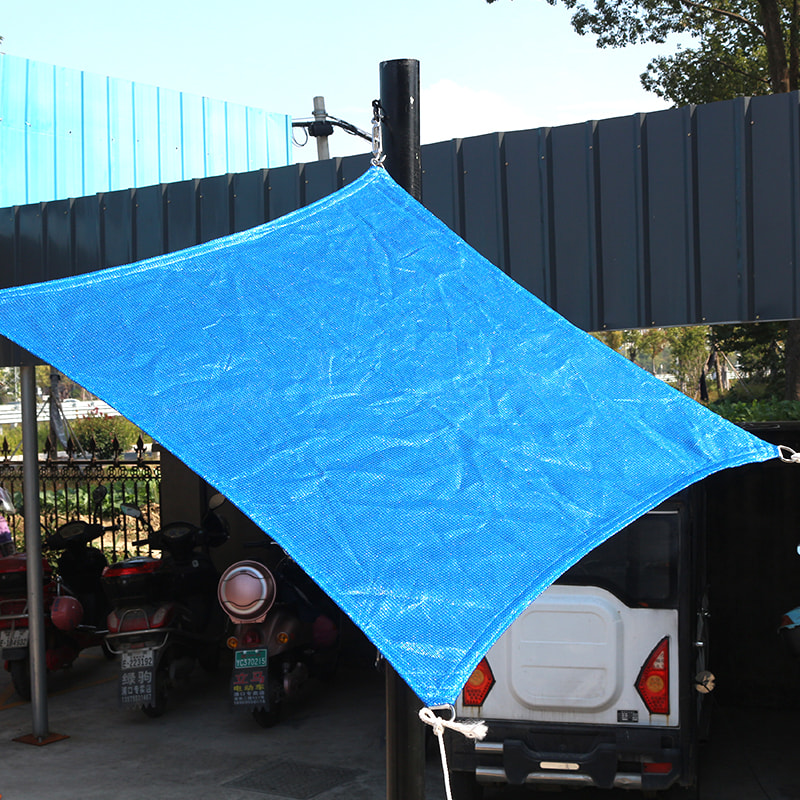How do you ensure proper tension and stability in waterproof shade sail installations to prevent sagging or damage?
Date:2023-09-18
Ensuring proper tension and stability in waterproof shade sail installations is crucial to prevent sagging, damage, and to maintain their functionality and appearance. Here are steps to achieve this:
1.Proper Design:
Begin the installation process by carefully designing the layout of your waterproof shade sail. This design phase should encompass factors such as the dimensions of the sail, its shape, and the precise locations of anchor points.
A well-thought-out design helps ensure that the tension in the sail is evenly distributed, reducing the likelihood of sagging or uneven stress on the fabric.
2.Strong Anchor Points:
The foundation of a stable waterproof shade sail installation is robust anchor points. These anchor points can include sturdy posts, walls, or other structures.
Prioritize the selection of anchor points based on their structural integrity and capacity to withstand the tension required for the shade sail. A structural engineer's input may be necessary for larger installations.
3.Correct Attachment Hardware:
Select and use the appropriate hardware for attaching the shade sail to the anchor points. This hardware typically includes turnbuckles, D-rings, shackles, and tensioning devices.
Ensure that the chosen hardware is of high quality, suitable for outdoor use, and follows the manufacturer's specifications regarding size and load-bearing capacity.
4.Tensioning:
Tensioning the shade sail should be a gradual and meticulous process. Avoid applying excessive force during tensioning, as it can lead to undue stress on the fabric and hardware.
You may need to employ a tensioning device or tool to achieve the desired level of tension evenly across the sail.
5.Regular Maintenance:
Implement a regular maintenance schedule to inspect the shade sail for any signs of sagging or tension loss. Over time, natural factors like weather can cause tension to decrease.
Adjust the tension as needed during maintenance checks to maintain the sail's intended appearance and performance.
6.Use of PTFE Thread:
Consider using PTFE thread for stitching the edges of the shade sail. PTFE thread is known for its exceptional strength and durability, making it a wise choice for outdoor applications.
It is highly resistant to UV radiation and moisture, ensuring that the thread remains intact and doesn't deteriorate.
7.Quality Materials:
Invest in high-quality materials for your waterproof shade sail. These materials should be selected based on their ability to resist stretching and sagging, especially when exposed to outdoor conditions.
Look for materials that offer a high level of UV protection and superior water resistance to ensure long-lasting performance.
8.Proper Sloping:
When installing the shade sail, ensure it is set with a slight slope. This incline allows rainwater to run off effectively, preventing the pooling of water on the fabric.
Accumulated water weight can lead to stretching and damage over time, making proper sloping critical.
9.Regular Cleaning:
Maintain the cleanliness of the shade sail by periodically cleaning it and removing debris. Dirt and debris can add weight and strain to the fabric, potentially causing sagging.
A clean sail not only looks better but also performs better in terms of tension.
10.Professional Installation:
When in doubt or for complex installations, it is advisable to engage a professional installer experienced in shade sail installations.
Professionals can ensure that the installation is done correctly, with the right tension and stability, minimizing the risk of issues down the line.
11.Weather Considerations:
Take into account the local weather conditions, including wind patterns and extreme weather events, when planning your shade sail installation.
Be prepared to adjust the tension or remove the sail during severe weather to prevent excessive stress on the fabric and hardware.
12.Periodic Inspection:
Regularly inspect the shade sail and all associated hardware for signs of wear, corrosion, or damage. Address any issues promptly to prevent further complications and maintain the stability of the installation.


Material: Polyester (PU coated)
80~95% u.v. protection
One or two years u.v. resistant
Different colors and sizes are available
Stainless steel ring at each corner
Webbing along the whole edges


 English
English Español
Español Deutsch
Deutsch